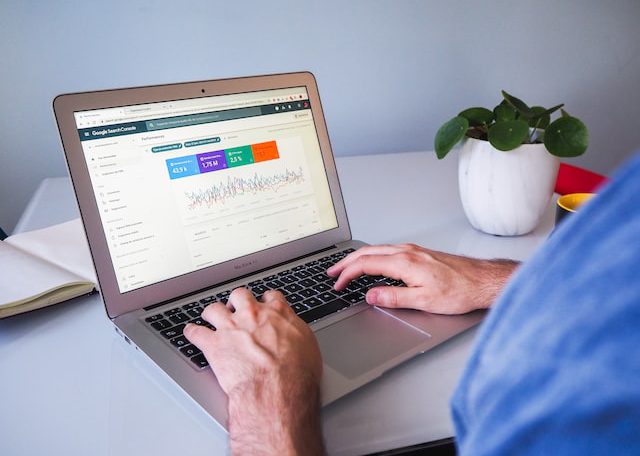If you are trying to measure how effective your advertising campaign has been, you need to understand which statistic indicates how often a click has led to a conversion. It is important to know this because you will be able to optimize your advertising campaigns for maximum conversions. You can also use this information to identify what kind of advertising is most profitable for your website. For instance, you can determine which traffic sources have the highest conversion rate. Or, you can analyze which campaigns are driving the most conversions at the lowest cost. The answer to each of these questions can make a significant difference in your marketing strategy.
Bounce rate
Bounce rate is one metric used to measure a website’s performance. It measures the percentage of people who leave the website without taking any action. A high bounce rate can be a good thing, but it can also indicate a problem with the website itself.
While bounce rate is a useful metric, digital marketers must be careful to measure it in context. For example, a high bounce rate could be due to a wrong design change. In other cases, it can simply mean that the content on the site is not relevant.
If you’re interested in learning more about your bounce rate, you may want to conduct some user experience testing. Alternatively, you can consult Google Analytics to find out what visitors are leaving your website for.
Cost-per-click
Cost per click (CPC) is a digital marketing statistic that indicates how often a person clicks on an advertisement and converts. It is the price paid by a brand for a single click of their ad on search engines and other publishers.

CPC is a key metric that advertisers should consider when developing a cost-effective bidding strategy. If you’re looking for a way to improve your PPC campaigns, lowering your cost-per-click can make a big difference in how much traffic you’ll get. However, lowering your CPC alone isn’t enough. You also need to consider the quality of the traffic you’re getting.
There are many ways to determine the quality of a click. For instance, you can filter out visitors who clicked on your ad, but never came back to your site. This method isolates people who spent time on your page and might be interested in what you have to offer.
Cost-per-session
In the world of digital marketing, conversion rates are important. They measure the success of an ad campaign. Using conversion metrics, you can understand your website’s performance and identify ways to improve it.
Depending on the industry, a 5% conversion rate isn’t very impressive. However, businesses with a 2-5% conversion rate have room to grow. Boosting the conversion rate will increase the overall ROI on your marketing spend.
A conversion can be a purchase, a call, a lead, or any other valuable business action. Regardless of the goal, understanding conversion rates can help you better understand your audience and optimize your marketing efforts.
There are many different metrics used to track your conversion rate. Some of the most common ones are bounce rate, session length, form abandonment, and pageviews. Understanding these metrics can help you optimize your site and create an ad campaign that will convert more visitors.
Cost-per-conversion
For online businesses, cost-per-conversion is an important statistic. A conversion is any valuable business action, such as buying a product or subscription, becoming a customer or calling a company. Using the statistics can help you to measure the effectiveness of your marketing efforts and optimize your business.
Generally, higher CPC means better conversion rates. However, this does not always mean that you should increase your ad spend. You can get the same benefit by reducing your ad spend.
The actual cost per click is usually lower than the maximum CPC bid. If you find that your cost per click is too high, it may be because you are bidding too much for a highly competitive keyword.
Session length
Session length is a measurement of how much time a visitor spent on your website. It is one of many metrics offered by Google Analytics. The average session duration is a good starting point for benchmarking your conversion rate.
A typical session consists of multiple page loads, user actions, and third-party content requests. An average session is typically between two and three minutes. This measurement is also affected by the amount of content on your site.

The pageviews metric is similar to the sessions metric. The number of pages visited during a single session is an indication of how engaged your users are.
If you are using the Google Analytics API to measure average session duration, you will want to look at the average number of page views per session. You can see the metric by checking the Audience > Overview tab.
